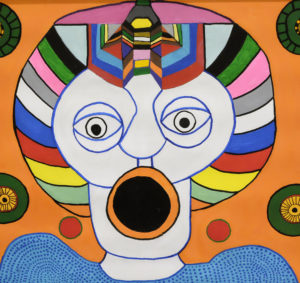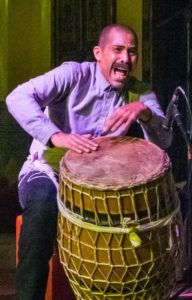Roscoe Mitchell — internationally renown composer, improviser, ensemble leader, winds and reeds virtuoso who has pioneered the use of “little instruments” and dramatic shifts of sonic scale in the course of becoming a “supermusician . . .someone who moves freely in music, but, of course, with a well established background behind . . .”* reveals […]
Jazz warms Chi spots: Hot House @ Alhambra Palace, AACM @ Promontory
There are good arguments for building venues just for jazz. But speaking of arts communities in general: Most are moveable feasts, fluid, transient, at best inviting to newcomers to the table. It’s demonstrable that when jazz players and listeners alight at all-purpose spaces such as Chicago’s Alhambra Palace, where Hot House produced the trio of saxophonist David Murray, bassist […]
Jazz Foundation knows how to party
To raise money for musicians’ health and welfare, how ’bout a jazz party? In three lofts with river views, a thousand attendees of every age, shape, style enjoyed food ‘n’ drink ‘n’ performances including Jimmy Heath playing “Gingerbread Boy,” Arturo O’Farrill‘s teen sons mastering Latin jazz, baritone saxist Hamiet Bluiett with Kahil El’Zabar on mbira. […]


